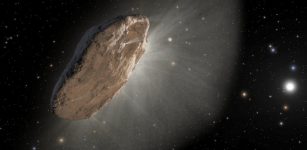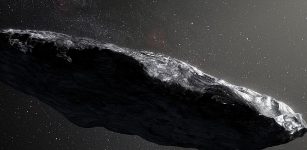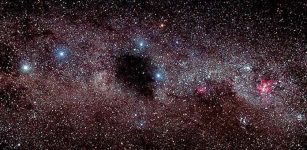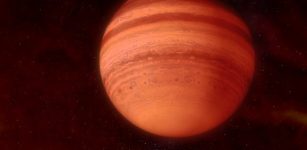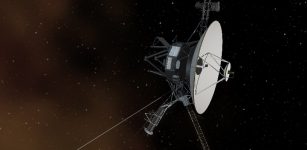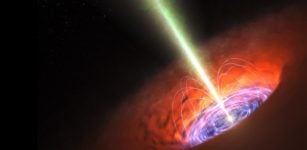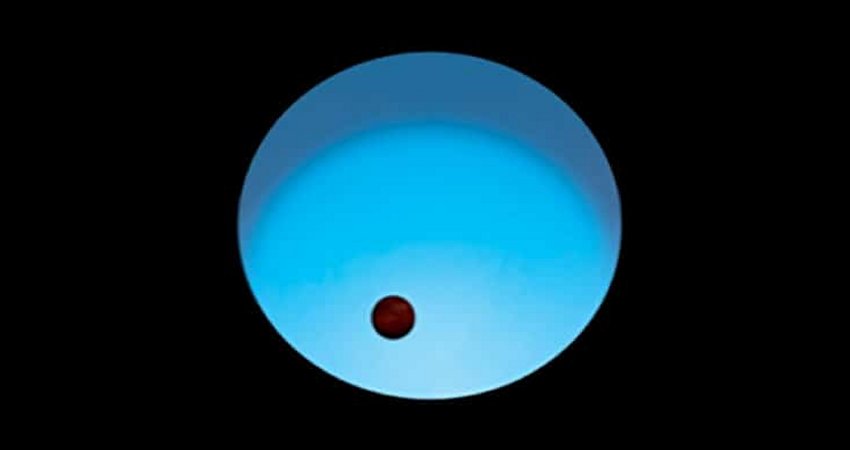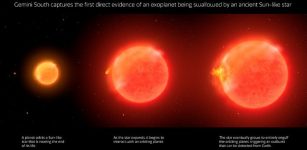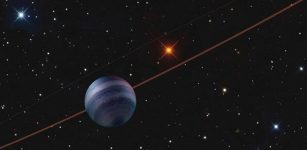Alien World K2-18b In Constellation Leo Is Solid Like Earth But Several Times Larger
MessageToEagle.com – A little-known alien world K2-18b in constellation Leo is solid but several times larger. Astronomers also discovered that it has a companion.
“Being able to measure the mass and density of K2-18b was tremendous, but to discover a new exoplanet was lucky and equally exciting,” said Ryan Cloutier, a doctoral student at the University of Toronto, Scarborough, said in a news release.
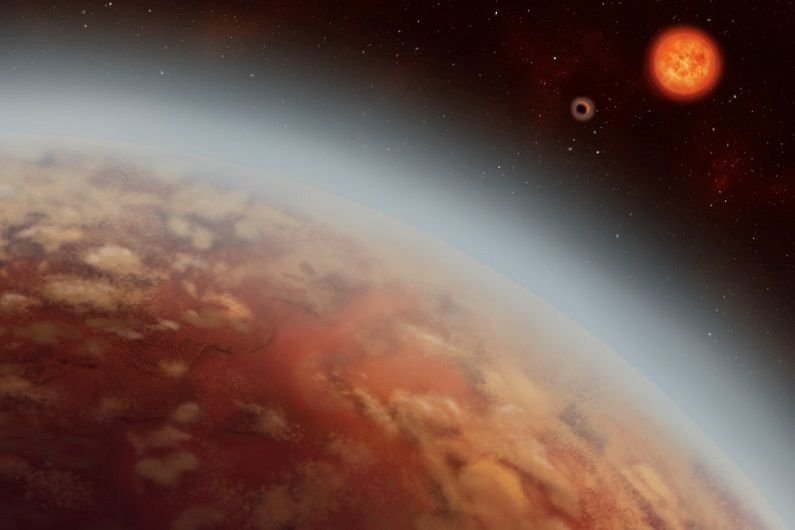
Both planets orbit K2-18, a red-dwarf star located about 111 light years away in the constellation Leo. When the planet K2-18b was first discovered in 2015, it was found to be orbiting within the star’s habitable zone.
It makes the planet, making it an perfect candidate to have liquid surface water, a key element in harboring conditions for life as we know it.
Cloutier and his team learned about the mass of K2-18b, using radial velocities of its host star measured by HARPS. Radial velocities can reveal slight wobbles caused by the pull of an exoplanet’s gravity on its host star.
“If you can get the mass and radius, you can measure the bulk density of the planet and that can tell you what the bulk of the planet is made of,” Cloutier explained.
The planet K2-18b is either a mostly rocky planet with a small gaseous atmosphere – like Earth, but bigger – or a mostly water planet with a thick layer of ice on top of it, say researchers who used the High Accuracy Radial Velocity Planet Searcher (HARPS) using the ESO’s 3.6m telescope at La Silla Observatory, in Chile.
“With the current data, we can’t distinguish between those two possibilities,” Cloutier says.
“But with the James Webb Space Telescope (JWST) we can probe the atmosphere and see whether it has an extensive atmosphere or it’s a planet covered in water.”
The James Webb Space Telescope (JWST), which will be launched in 2019, will study the solar system, early universe and exoplanets like K2-18b, which as astronomers says “is now one of the best targets for atmospheric study, it’s going to the near top of the list.”
The newly described planet K2-18c (a companion to K2-18b) – is closer to its star and despite its similar size and composition, is unfortunately, too hot to be in the habitable zone, like K2-18b.
MessageToEagle.com
Expand for referencesReferences:
[/expand
